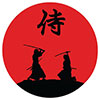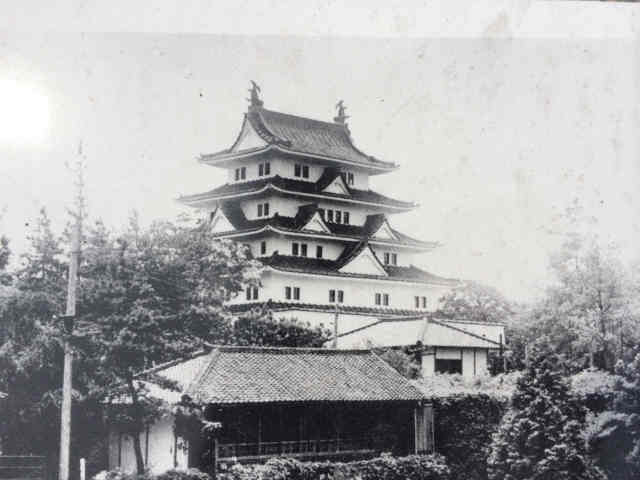
Tsuyama Castle, located in Tsuyama City, Okayama Prefecture, is celebrated as one of Japan's top three major hilltop (Hirayama) castles, alongside Himeji and Matsuyama Castles. Originally, Tsuyama Castle comprised 77 structures, including the main keep, various yagura (watchtowers), gates, palaces, and living quarters. For comparison, Hiroshima Castle had 76 structures, and Himeji had 61. The first castle on this site was built in 1441 but was soon abandoned. The large-scale construction that we recognize today began in 1603 under the orders of Mori Tadamasa. The castle served as the administrative base for the Tsuyama Han daimyo, the Mori clan from 1603 to 1697, and the Matsudaira clan from 1698 to 1871.
Tsuyama Castle's main keep featured five stories, though it was unofficially registered as four. This was due to a law that banned towers over five floors high. Mori Tadamasa cleverly avoided dismantling the keep by removing tiles from the roofing between the fourth and fifth floors, claiming they were eaves rather than a roof. The officials accepted this explanation, and the keep was registered as "Four stories, with eaves giving the impression of an extra floor."
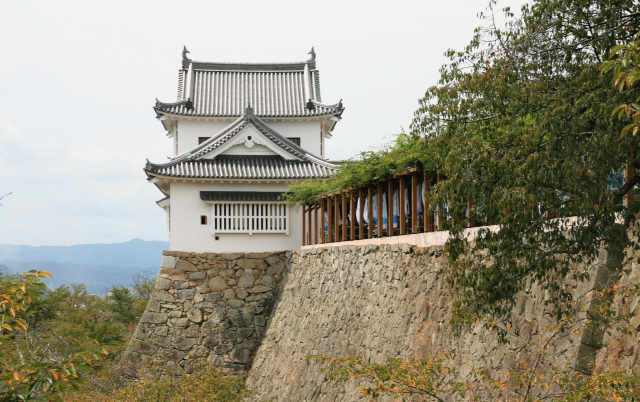
In 1871, the castle was abandoned when the feudal system was abolished, and it was sold two years later. Between 1874 and 1875, the keep, walls, gates, and all turrets were dismantled and destroyed. Conservation efforts began only in 1890, following the collapse of part of the north-western stone walls, but it was too late to preserve any original buildings. In 1963, the ruins of Tsuyama Castle were designated as a National Historical Site.
As part of the castle's 400th anniversary, the Bitchu Yagura, a turret originally used as part of the lord's palace, was meticulously restored in 2005. Today, while the castle remains in ruins, these ruins are spectacular. Surrounded by over 5,000 cherry trees, the grounds and the impressive, well-constructed stone walls are open to the public, offering a glimpse into the magnificence of what was once one of Japan's premier hilltop castles.
See also
-
Iyo Matsuyama Castle
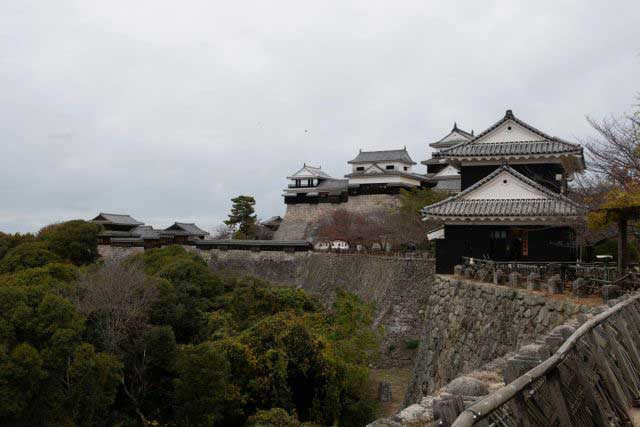
Historically, the center of Iyo Province—corresponding to today’s Ehime Prefecture on the island of Shikoku—was the city of Imabari, while the Matsuyama area was regarded as an agricultural hinterland with broad plains and low hills. During the Muromachi period, the central part of the province was governed by the Kano clan from Yuzuki Castle. With the onset of the Sengoku period, however, this clan lost its former influence and was forced to survive in the shadow of the more powerful Mori and Chōsokabe clans. After Toyotomi Hideyoshi’s forces conquered Shikoku in 1587, the northern part of Iyo Province was granted to Fukushima Masanori, one of the so-called “Seven Spears of Shizugatake.” In 1595, Masanori was transferred to Kiyosu Castle, and the lands around Matsuyama were given to another of the Seven Spears, Katō Yoshiaki, who received Masaki Castle and an income of 60,000 koku of rice.
-
Kanazawa Castle
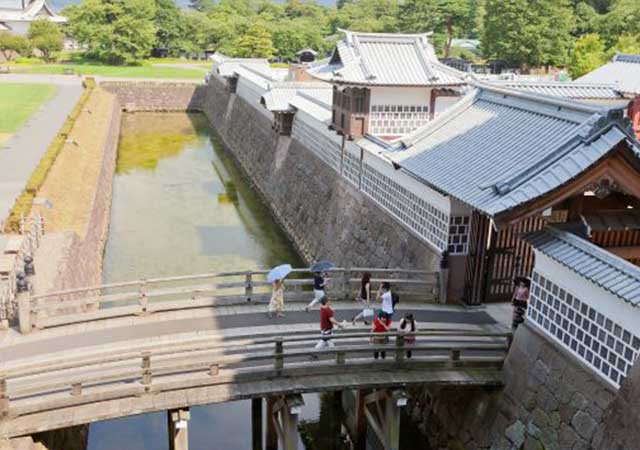
Construction of Kanazawa Castle began in 1580 on the orders of Sakuma Morimasa, a vassal of Oda Nobunaga. The castle was built on the site of the Ikko-ikki sect's Oyama Gobo temple, which is why it is sometimes called Oyama Castle. Morimasa managed to build several moats and begin construction of a castle town. However, after his defeat at the Battle of Shizugatake in 1583, he was executed, and ownership of the castle passed to Maeda Toshiie (1538–1599).
-
Nakatsu Castle
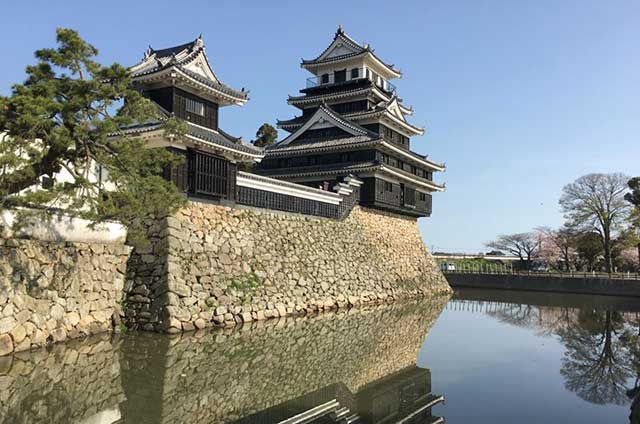
Kuroda Yoshitaka (1546–1604) was one of the closest advisors to the legendary military commander Toyotomi Hideyoshi. He took part in key military campaigns of the late 16th century, including the campaign against Shikoku in 1585 and the campaign against Kyushu in 1587. Later, during the second campaign in Korea, Yoshitaka served as chief advisor to the commander of the invasion forces, Kobayakawa Hideaki. After Hideyoshi's death, he swore allegiance to Tokugawa Ieyasu, thereby securing his influence and patronage under Japan's new leader.
-
Edo Castle
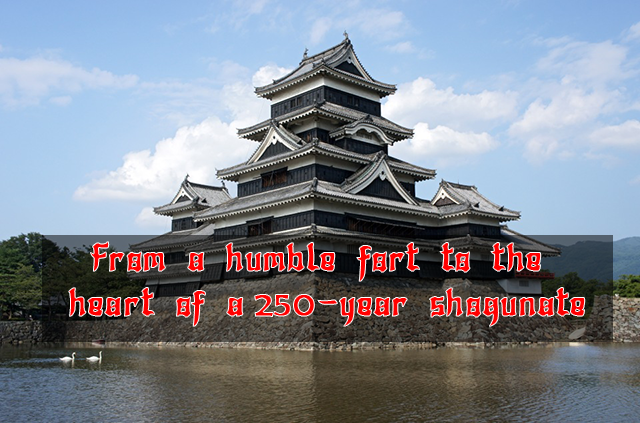
The history of Edo Castle dates back to the Heian period, when the Edo clan built a small fort on this site. In 1457, the vassal of the Uesugi clan, Ota Dokan (1432–1486), constructed a full-scale castle here. Internal conflicts weakened the Uesugi clan, and in 1524, Ota Dokan’s grandson, Ota Yasutaka, surrendered the castle without resistance to the forces of Hojo Soun, the ambitious leader of the Hojo clan. While Odawara Castle remained the clan's main stronghold, Edo was considered a key strategic fortress.
-
Samurai Museum Shinjuku

Situated in the vibrant district of Shinjuku, the museum showcases an extensive collection of samurai armor, weapons, and cultural artifacts spanning from the Kamakura to the Edo period. The exhibits aim to convey the samurai's unwavering commitment to honor and discipline, reflecting how their spirit continues to influence modern Japanese culture.
-
Anjo Castle

Anjo Castle was built on a slight elevation at the edge of the Hekikai Plateau, about 2 kilometers southeast of present-day central Anjo City in Aichi Prefecture. Today, the surrounding area thrives on large-scale agriculture and automotive manufacturing, utilizing the expansive flatlands and its proximity to the Nagoya region.
-
Numata Castle
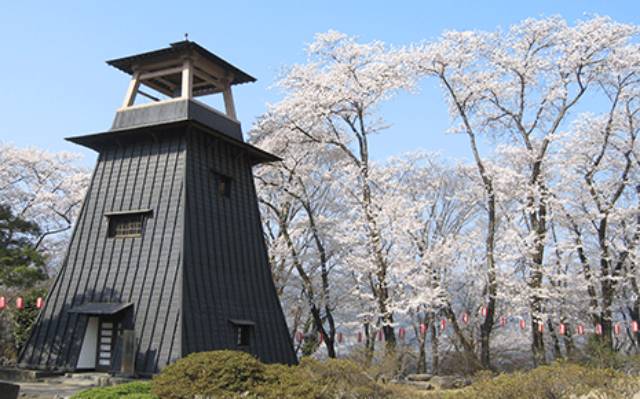
Numata Castle, located in Numata, northern Gunma Prefecture, Japan, has a rich and complex history. During the late Edo period, it served as the residence of the Toki clan, who ruled the Numata Domain. Over the centuries, the castle changed hands multiple times and was the site of significant battles during the Sengoku period.
-
Iwabitsu Castle
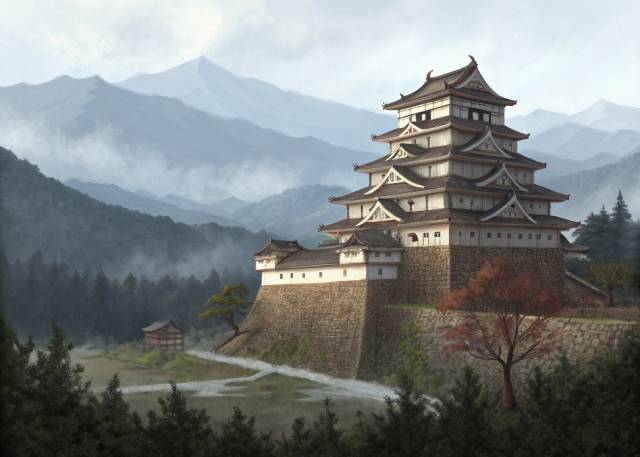
Iwabitsu Castle is a yamashiro-style (mountain) castle located atop Mount Iwabitsu in Higashiagatsuma, Gunma Prefecture, Japan. Recognized for its historical significance, its ruins have been protected as a National Historic Site since 2019.

